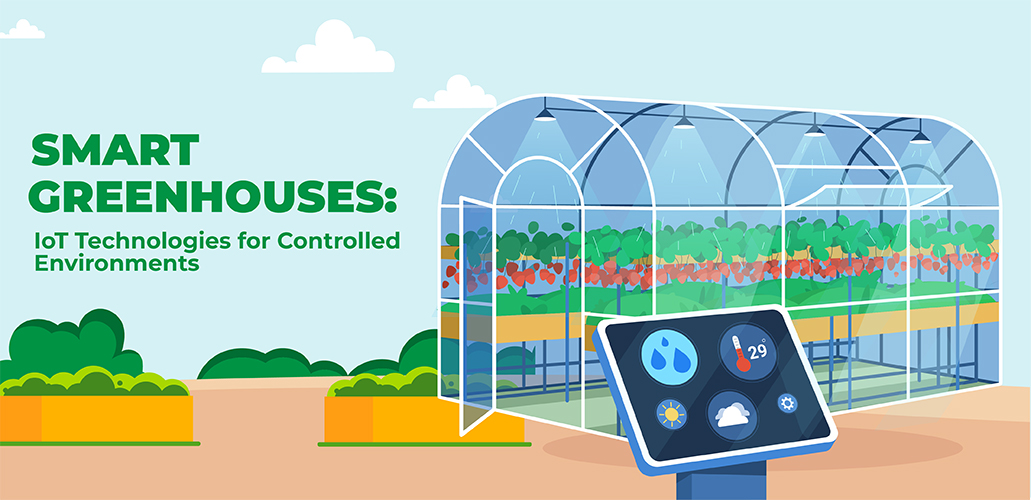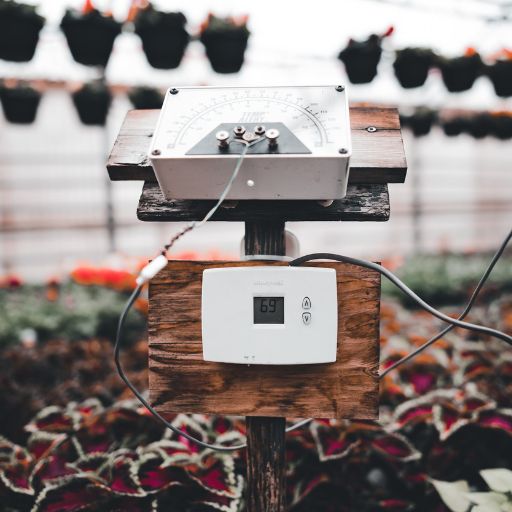Smart Greenhouses IoT Technologies for Controlled Environments Circuit Diagram
Smart Greenhouses IoT Technologies for Controlled Environments Circuit Diagram The project's specific goals are to propose a greenhouse automation system based on the Internet of Things (IOT). The device will be able to regulate the soil's humidity, temperature, and moisture. 2. LITERATURE REVIEW Prototype of an automated greenhouse was implemented in the work of Shankaraiah et al., (2019), in which the control the Blynk: Blynk is a platform that allows you to build custom IoT applications for controlling and monitoring connected devices. You'll use Blynk to create a user interface to remotely access and control your smart greenhouse. Make.com: Make.com is likely a platform or service for DIY projects or maker communities. You may use it for accessing

An automated greenhouse control system leverages technology to optimize plant growth conditions. By integrating sensors such as soil moisture, pH, light intensity, temperature, and humidity sensors with a microcontroller like the ESP32, the system can monitor and adjust environmental factors in real-time. This automation ensures optimal plant health, reduces manual labor, and maximizes yield

IoT Climate Control for Better Greenhouse Growth Circuit Diagram
Small greenhouse that requires little human intervention for its correct operation. It has a heating, ventilation, irrigation and SD system. Automated greenhouse with Arduino. Small greenhouse that requires little human intervention for its correct operation. It has a heating, ventilation, irrigation and SD system.

Incorporating automated climate systems is a natural extension of greenhouse gardening, helping growers boost productivity while reducing environmental impact. Picking the right devices and software is key. By using these steps, you can make your greenhouse better with IoT climate control. It helps grow more crops and use resources wisely

Automated Greenhouse Control System using ESP32 Circuit Diagram
In an increasing number of cities, the trend is towards organic or even self-grown fruits and vegetables. Perhaps a deterrent cause is the time spent on plant care. Therefore, this project involves the creation of an automated Raspberry Pi greenhouse, which reduces the work to a minimum. By automatic watering, airing and exposure, only harvesting must
